The 2025 Small Business IT Security Checklist: Your Digital Defense Strategy
The digital landscape has transformed dramatically since 2020. What used to be “nice-to-have” security measures are now business-critical defenses against increasingly sophisticated cyber threats. Small businesses face an average of 43% of all cyberattacks, yet many still rely on outdated security practices that leave them vulnerable.
This isn't just about avoiding inconvenience anymore—it's about business survival. A single security breach can cost small businesses an average of $4.88 million, and 60% of small businesses that suffer a cyberattack go out of business within six months.
Here's your updated, battle-tested checklist for keeping your business secure in 2025.

Table of Contents
- 1 1. Embrace Zero-Trust Security Architecture
- 2 2. AI-Powered Patch Management
- 3 3. Advanced Threat Detection & Response
- 4 4. Cloud-First Backup Strategy
- 5 5. Identity and Access Management (IAM)
- 6 6. Network Segmentation and Monitoring
- 7 7. Security Awareness and Human Firewall
- 8 8. Compliance and Data Privacy
- 9 Monthly Security Hygiene Checklist
- 10 Quarterly Strategic Reviews
- 11 The Bottom Line
1. Embrace Zero-Trust Security Architecture
The old rule: Trust but verify
The new rule: Never trust, always verify
Gone are the days when your office network was a safe castle with high walls. With remote work, cloud services, and mobile devices, your “perimeter” is everywhere your employees are.
Action items:
- Implement multi-factor authentication (MFA) on everything—not just email
- Use conditional access policies that verify device health before allowing access
- Deploy endpoint detection and response (EDR) tools on all devices
- Regular access reviews: Remove permissions for ex-employees and inactive accounts
Pro tip: Start with your most critical systems (email, financial software, customer data) and work outward.
2. AI-Powered Patch Management
The challenge: Manual patching is no longer feasible with the volume of updates required.
The solution: Automated, intelligent patch management systems that prioritize critical security updates.
Action items:
- Deploy automated patch management tools (Windows Update for Business, Jamf for Mac)
- Enable automatic updates for operating systems and browsers
- Use vulnerability scanners to identify and prioritize critical patches
- Maintain an inventory of all software and devices on your network
Critical insight: Zero-day vulnerabilities are discovered daily. The window between disclosure and exploitation is shrinking—sometimes just hours.
3. Advanced Threat Detection & Response
Beyond antivirus: Traditional signature-based antivirus is dead. Modern threats use AI, living-off-the-land techniques, and polymorphic malware.
Action items:
- Deploy next-generation antivirus with behavioral analysis
- Implement Security Information and Event Management (SIEM) tools
- Use threat intelligence feeds to stay ahead of emerging threats
- Establish an incident response plan with clear roles and communication protocols
Real-world example: Ransomware groups now spend weeks inside networks before attacking, slowly exfiltrating data and identifying critical systems. The Cybersecurity and Infrastructure Security Agency (CISA) provides free resources and alerts about current threats that every business should monitor.
4. Cloud-First Backup Strategy
The evolution: The 3-2-1 rule is now the 3-2-1-1-0 rule:
- 3 copies of important data
- 2 different storage media
- 1 offsite backup
- 1 air-gapped/immutable backup
- 0 errors in your backup verification
Action items:
- Implement automated cloud backups with versioning
- Test restore procedures monthly (not just backup completion)
- Use immutable backup storage to prevent ransomware encryption
- Maintain offline/air-gapped backups for critical data
- Document your recovery time objectives (RTO) and recovery point objectives (RPO)
Modern tools: Microsoft 365 Backup, AWS Backup, Azure Backup, or specialized solutions like Veeam or Acronis. For comprehensive backup strategies that protect against ransomware, check out our detailed guide on backup and data recovery tactics.
5. Identity and Access Management (IAM)
The shift: Passwords are becoming obsolete. The future is passwordless authentication.
Action items:
- Implement single sign-on (SSO) across all business applications
- Deploy passwordless authentication where possible (biometrics, hardware keys)
- Use privileged access management (PAM) for administrative accounts
- Establish principle of least privilege access policies
- Regular access certification and role-based access controls
Trending: Passkeys are replacing passwords—they're phishing-resistant and more secure than traditional authentication methods.
6. Network Segmentation and Monitoring
The modern approach: Micro-segmentation and software-defined perimeters.
Action items:
- Segment your network (separate guest WiFi, IoT devices, and business systems)
- Deploy network monitoring tools with anomaly detection
- Implement DNS filtering to block malicious domains
- Use secure web gateways for internet access
- Regular network penetration testing
Critical consideration: With remote work, your network extends to employees' homes. Provide secure VPN access and consider SD-WAN solutions.
7. Security Awareness and Human Firewall
The reality: 95% of successful cyberattacks involve human error. Your employees are both your greatest vulnerability and your strongest defense.
Action items:
- Monthly security awareness training (not just annual)
- Simulated phishing campaigns with immediate feedback
- Incident reporting procedures that encourage transparency
- Regular security drills and tabletop exercises
- Create a security-conscious culture, not a culture of blame
Modern threats to address: Deepfake audio/video calls for social engineering, AI-generated phishing emails, and business email compromise (BEC) attacks.
8. Compliance and Data Privacy
The requirement: Data protection laws are multiplying globally (GDPR, CCPA, state privacy laws).
Action items:
- Data classification and handling procedures
- Privacy impact assessments for new systems
- Regular compliance audits and gap analyses
- Data retention and deletion policies
- Vendor risk assessments for third-party providers
Framework guidance: Consider implementing the NIST Cybersecurity Framework 2.0 for a structured approach to cybersecurity governance. For business owners seeking a practical understanding, our NIST CSF 2.0 overview guide breaks down the framework in accessible terms.
Monthly Security Hygiene Checklist
Week 1: Review and update access permissions
Week 2: Test backup and restore procedures
Week 3: Review security monitoring alerts and logs
Week 4: Conduct security awareness activities
Quarterly Strategic Reviews
- Threat landscape assessment
- Security tool effectiveness review
- Incident response plan updates
- Vendor security assessments
- Budget planning for security investments
The Bottom Line
Cybersecurity in 2025 isn't about buying the most expensive tools—it's about building a comprehensive, adaptive defense strategy that evolves with the threat landscape. The businesses that thrive are those that treat security as an enabler of growth, not a cost center.
Your next step: Don't try to implement everything at once. Start with the fundamentals (MFA, backups, employee training) and build from there. Consider partnering with a managed security service provider (MSSP) if you lack internal expertise.
Remember: The cost of prevention is always less than the cost of recovery.
Ready to transform your business security posture? Contact iFeelTech for a comprehensive security assessment and customized implementation strategy. We help small businesses build enterprise-level security without the enterprise complexity. Learn more about our comprehensive computer security services designed specifically for Miami businesses.
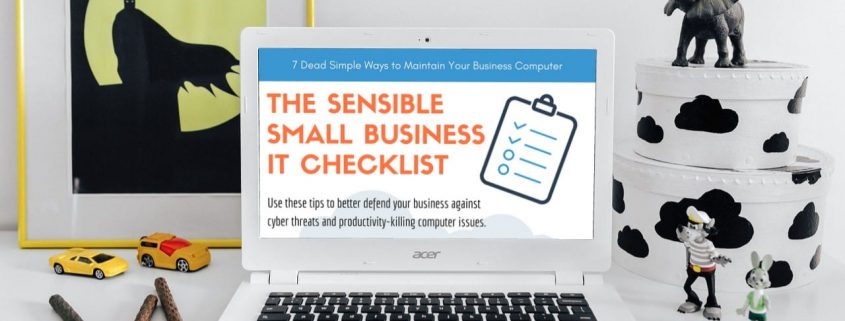

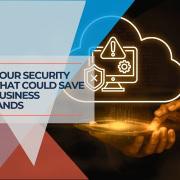
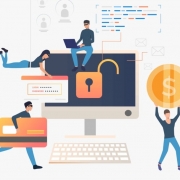
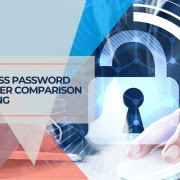
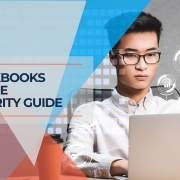

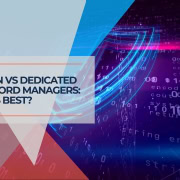
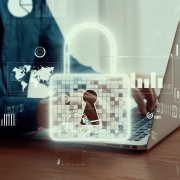


Leave a Reply
Want to join the discussion?Feel free to contribute!